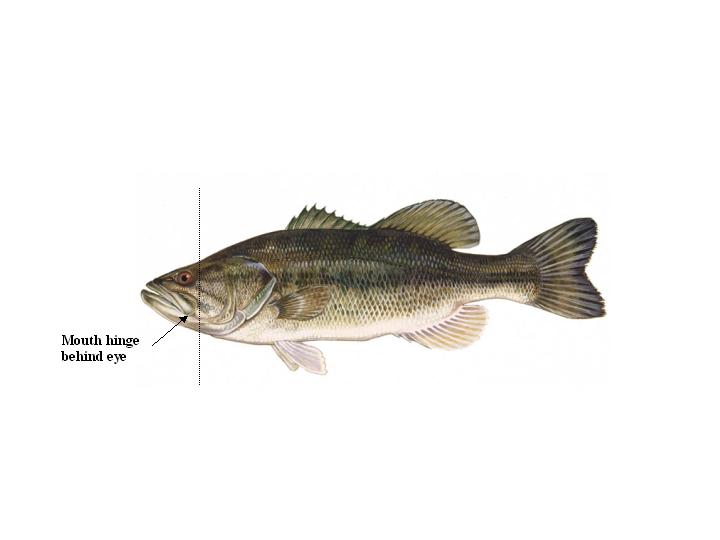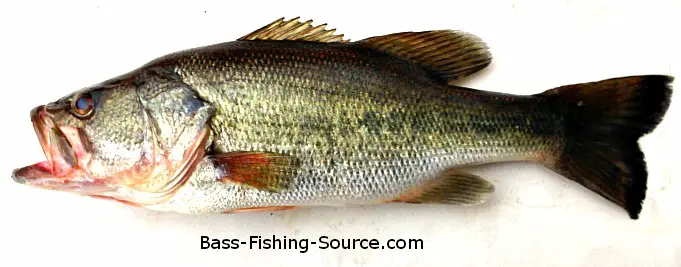Largemouth Bass Fish Identification
So what is the best way to identify a largemouth bass?
Its a common scenario, you've landed that beautiful fish that just gave you one heck of a fight. You want to make sure it is actually a largemouth bass you are holding. Well you shouldn't have to wonder too much. If you grab a hold of that lower lip and the mouth of that fish opens up as big as the girth of the whole fish, well chances are you got yourself a largemouth bass.
By the way, always support the body of a bass, or any fish for that matter, when you are holding it. You should not pry open and hold a bass by only its lower lip. You can hurt them by doing this.
Now what is a solid, sure fire way to identify this feisty fighter. We'll tell you but first lets look at some of their characteristics.
See more pictures of Largemouth Bass on our Share your Catch page!
Follow me on Pinterest and Instagram for even more pictures.

The largemouth bass is olive in color. It will have a series of black blotches along it's side that will seem to form a jagged horizontal line the length of its body.
It is the largest of the black basses and based on the largest recorded size, can reach nearly 30 inches long and weigh nearly 25 pounds!
The Largemouth bass can live up to 16 years. It's no wonder why most fishermen feel strongly about catch and release when it comes to these game fish. Could you imagine all the big bass that could potentially be available if they are released and allowed to live their full life span!
The one thing to look for
This is the key part and you need to remember this, their upper jaw will extend behind the eye. This well help differentiate a largemouth from a spotted bass and other similar looking fish.
You can see the reference points in the diagram below.

Photo Courtesy of Oklahoma Department of Wildlife Conservation
All in all its not too difficult to identify a Largemouth bass as long as you know what to look for and hopefully we have helped you know what that is.
Learn more about the Largemouth bass here.
If you need some more Fish Identification info, check out the rest of the

New! Comments
Let us know what you think! Leave us a comment in the box below.